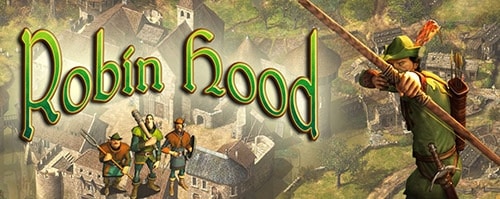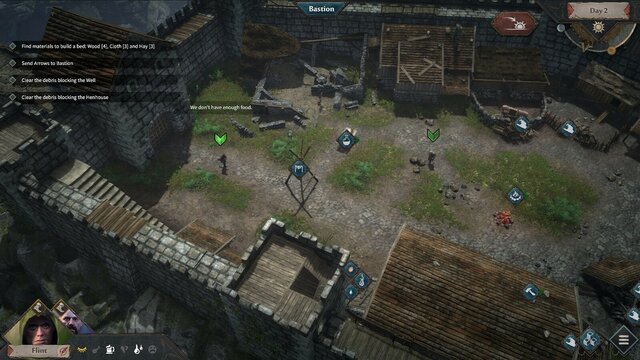

On this basis, I think we would be fully justified in saying that Robin Hood was active during the reign of King John, but that his fame and popularity were such that within a generation his true identity had been obscured by legend. The only thing to be said in favour of Major's dating is that it fits well with the only two firm pieces of evidence we have, the court rolls of 12.
Robin hood legend of sherwood 2 full#
John Major's dating is purely arbitrary, and two of his contemporaries give Robin's dates as 1283-5 or 1266 while the full date on the Kirklees gravestone, 25 Kalends Decembris 1247, is impossible as there is no 25 Kalends in the Roman calendar. Quite frankly, I wouldn't stake my reputation on it.

On this flimsy evidence, it is possible to construct a chronology: Robin active in the 1190s, an outlaw by 1225, dead by 1247 and a legend by 1261.

An epitaph recorded by Thomas Gale in 1702 recorded that a grave purporting to be that of Robin Hood lay at Kirklees (where the legend claims he was killed), dated to 1247. This is the only possible original bearing the name of Robin Hood who is know to have been an outlaw (there are other Hoods in Wakefield, but none of them seem to have been fugitives). Yet a court roll from Berkshire indicates that the legend of Robin Hood dates much earlier than this. Within these literary references, there is nothing to suggest that Robin Hood should date to the time of King John: in fact the only king mentioned is 'Edward our comely king', which probably refers to a visit to Nottingham of King Edward II in 1324. These are found in the tales of Robin Hood and the Monk (c.1450) The Lyttle Geste of Robyn Hode (written down c.1492-1510, but probably composed c.1400) and the C17th Percy Folio, which contains three C15th stories: Robin Hoode his Death, Robin Hood and Guy of Gisborne and Robin Hood and the Curtal Friar. The first literary reference to Robin Hood comes from a passing reference in Piers Plowman, written some time around 1377, and the main body of tales date from the fifteenth century. The origins of the Robin Hood legend are very obscure. Yet the very wildness of the land made it a perfect place for fugitives to hide out, and this is why areas such as Sherwood Forest and Barnsdale feature so prominently in outlaw legend. Robin Hood and his contemporaries were cunning, merciless and often brutal (in one instance Much the Miller's Son murders a monk's page to prevent him giving them away) but by the codes of their time, they were also honourable.įorest law was extremely unpopular, among all sections of society, but it achieved its purpose of retaining vast areas of semi-wild landscape over which the king and his court could hunt. In a violent age, these means were invariably violent. If the existing order was founded on the arbitrary will of evil men who could twist the law to their own ends, then it was the role of the outlaw to seek redress and justice by other means. This is in complete contrast to public perceptions of the outlaw at the beginning of King Henry II's reign, and shows that the existing order had come to be regarded as tyrannical. What is striking about these stories is that they reveal that, in an age when the Rule of Law was respected as the foundation of good government, those who put themselves outside the law had become popular heroes. Two other key outlaws, Fulk fitzWarin and Eustace the Monk, were historical figures whose lives can be clearly identified at this time, but Robin Hood himself is much more problematical. The Robin Hood legends form part of a corpus of outlaw stories which date from around the reign of King John.


 0 kommentar(er)
0 kommentar(er)
